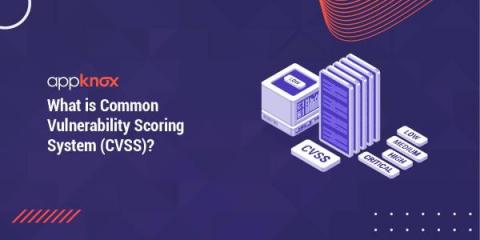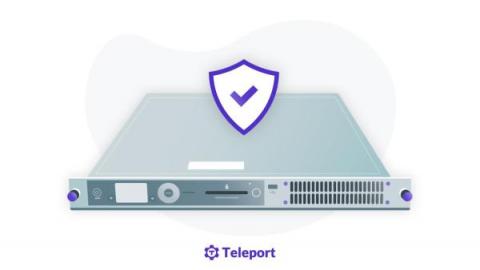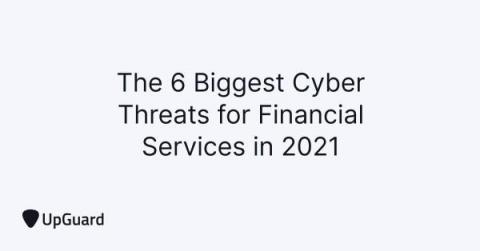What is Common Vulnerability Scoring System (CVSS)?
Given the large and growing number of cyber attacks that exploit software vulnerabilities, vulnerability management is critical. A variety of unintended consequences can result from misjudging the severity of an existing vulnerability. Legal battles, financial losses, and reputational damage are all possible outcomes for a business. To combat today's modern cyber security challenges, it's critical to have a vulnerability management program in place.











